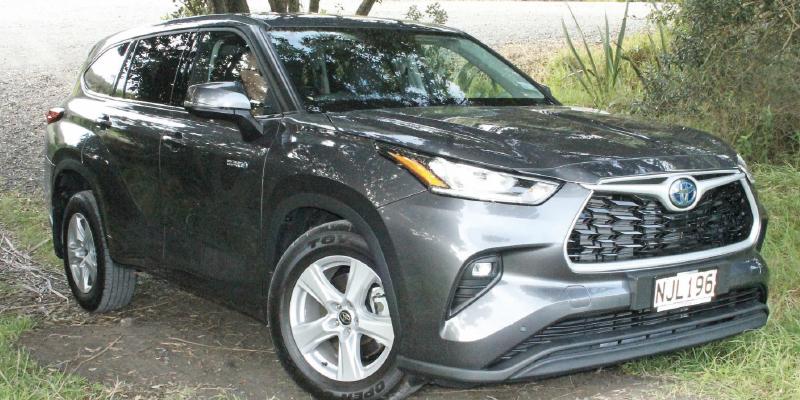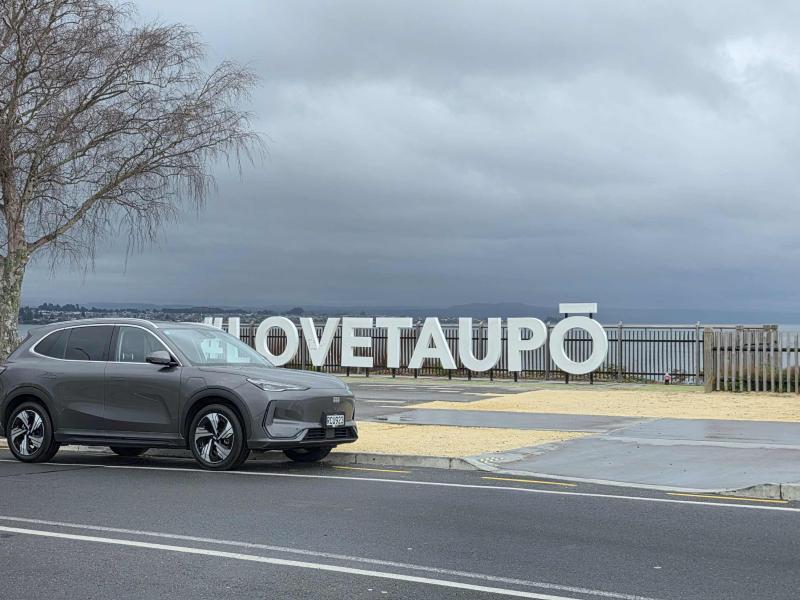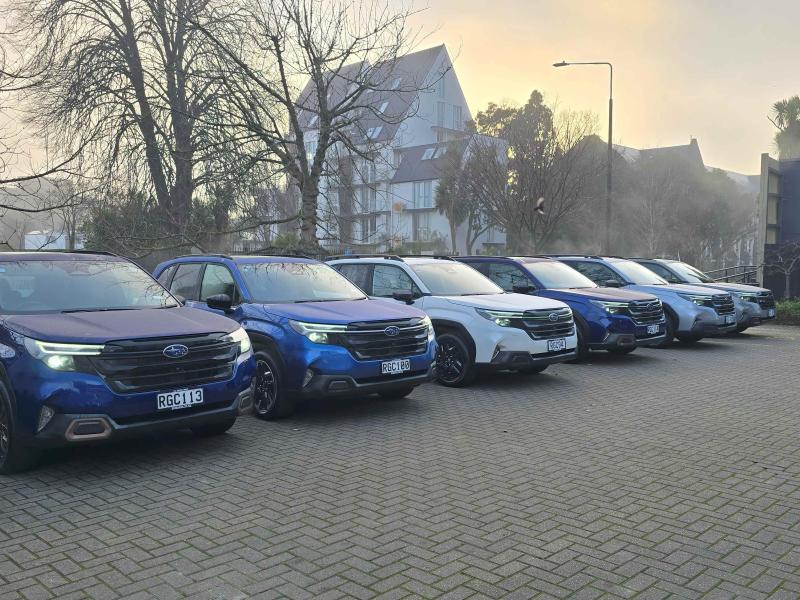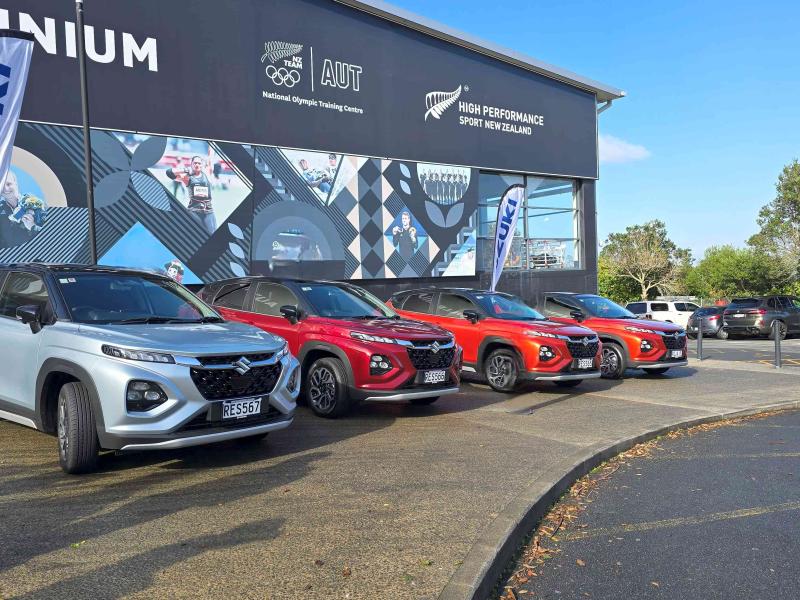Despite the interest from corporate entities in petrol-powered ICE SUVs over hybrids, the latest incarnation of the Toyota Highlander proves you can – and should – have your automotive cake without calories.
Apparently, Toyota NZ was all good to bring in an all-hybrid line-up for the 2021 Toyota Highlander but was pressured by corporate New Zealand customers to bring in V6 petrol-powered variants.
What’s disturbing is that it was corporate customers calling for ICE-powered vehicles when the rest of the world is calling for the retirement of fossil fuelled engines and advocating alternatives.
According to reports, it’s because fleet buyers reckon the petrols tow better. False data. The Highlander hybrids and V6’s tow the same: 2000kg on a braked trailer.
Yes, we recognise vehicles like Highlander are likely to be ‘’home’’ vehicles on the weekends and during school holidays, but pressuring for a petrol-powered vehicle when clearly the benefits of a hybrid are greater is not sending the right message from corporate New Zealand, is it?
People please… let’s not start coming up with arguments erroneously favouring petrol over hybrid because – in the case of the Highlander – you’ll be proven wrong in so many ways.
All Highlander hybrids are self-charging, and don’t need to be plugged into anything.
The 2.5-litre ICE engine charges the on-board Nickel-Metal Hydride battery as required, enabling the Highlander to keep its fuel consumption at a posted 5.6 litres per 100km average figure – another saving right there.
So, there are three hybrid Highlanders to choose from – which one’s the right one for you?
NZ Company Vehicle has always maintained Toyota New Zealand’s best hybrids are the so-called entry level models, which seem to drive better, quieter and typically have better on-road manners – and the formula runs true for the first hybrid Highlander tested – the GXL.
We figure the improved road manners demonstrated by the GXL model is the result of tyre selection and brilliant packaging in regards the battery, which lowers the centre of gravity to give better handling as well as the obvious benefits of improved fuel efficiency.
In the case of the Highlander, we were surprised to find Toyo branded tyres as opposed to low rolling resistance Bridgestones, but it seems the tyre selection is more critical to cars over SUVs which have a greater ‘disconnect’ from the occupants.
The high riding nature of SUVs means the ride quality is not so dramatic as it would be in a standard car, but there is still a feeling of being well grounded in the hybrid, particularly under enthusiastic cornering.
It’s worth mentioning how things feel in the cabin, since the Highlander has seen a 60mm increase between the front and rear wheels, by 24mm in the front wheel track and 12mm at the rear.
In short, the cabin has grown in pretty much every direction and yet the SUV looks sleeker than its predecessor, at least from the outside. Inside however, Highlander is all about space, and lots of it.
Lots of space is needed because, while this is an entry level vehicle, it’s not shy of kit. Most of this is safety related of course, with the Toyota Safety Sense features we are used to seeing being added to with Curve Speed Reduction and Intersection Turn Assist added to an already comprehensive list.
As to the exterior, the current model has a distinctive nose treatment which sets it apart from other SUVs from Toyota.
A sculpted groove in the centre of the bonnet creates a sense of poised athleticism as opposed to sheer size and the ‘wide mouth’ front grille with Toyota ‘bull horn’ ornamentation is quite unlike any other Toyota SUV, and it presents an inherent sense of strength, dependability and style.






